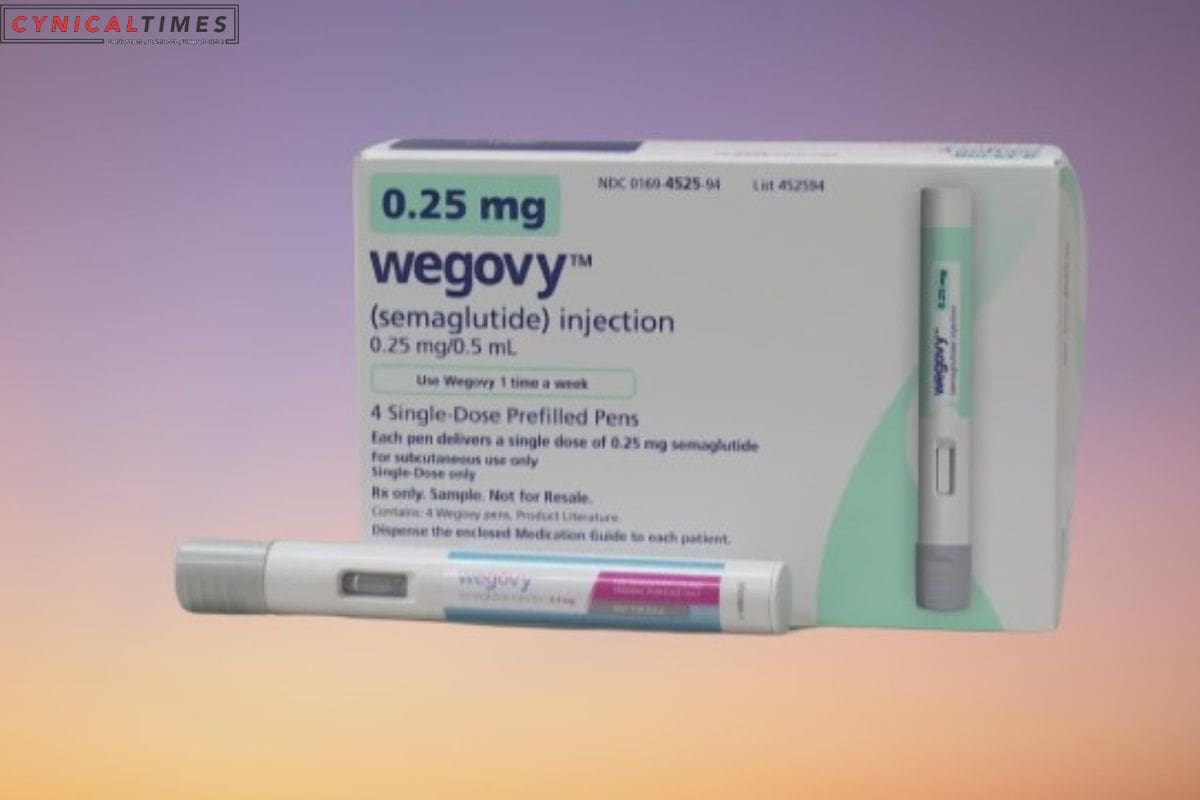Semaglutide Medication Access Gap: While the demand for drugs like Ozempic is growing, not everyone who could benefit from them is getting access. White patients are more likely to receive these drugs than others, creating a gap in access. The FDA cleared two injectable semaglutide drugs, Ozempic for diabetes and Wegovy for obesity, mimicking GLP-1 hormone effects on insulin and appetite control.
Despite semaglutide orders increasing 40-fold in five years, only 1.7% of Americans had them in 2023. With over 40% of US citizens overweight and over 15% having diabetes, the insufficient availability of necessary medicines is concerning.
Over 70% of semaglutide prescriptions went to White patients, indicating race differences. The CEO of Novo Nordisk said it may take years to meet the increasing demand for drugs, resulting in more people using Ozempic for weight loss instead of diabetes control, which goes against the drug’s label.
Due to Wegovy shortage, doctors prescribe off-label Ozempic more. In certain towns, this number has reached 33%. This trend highlights the need for non-diabetic individuals to effectively manage their weight. Off-label use isn’t always harmful, especially for very overweight individuals with health issues like heart failure.
Semaglutide medicines have additional benefits, including reducing heart disease risk and aiding weight loss. Despite ongoing inequalities and the prevalence of overweight individuals using semaglutide, ethical considerations and rules remain crucial for healthcare workers in navigating this evolving landscape.
Groups like the American Diabetes Association and the Obesity Society are creating regulations to select the right people for medicine distribution due to supply challenges. The goal of creating an “obesity algorithm” is to prioritize access to care for individuals at the highest risk based on clinical factors.
ALSO READ: Long Covid in the US: Numbers, Impact, and Questions Answered
Our Reader’s Queries
What is the dark side of semaglutide?
Although the safety of semaglutide in the long term is yet to be determined, it is important to note that the medication may pose a risk to individuals with heart or kidney issues. This includes the possibility of heart attack or stroke, as well as kidney failure or reduced kidney function. It is crucial to consult with a healthcare professional before taking this medication to ensure that it is safe for you.
Can you do semaglutide every other week?
According to Ashton, the ideal dosage is the minimum amount of medication that produces the desired effect. If necessary, the dosage can be reduced and the frequency increased, such as taking it once a month or every other week. The main goal is to maintain a healthy weight in the safest and most effective manner possible.
Does insurance cover semaglutide for type 2 diabetes?
For those with Type 2 diabetes, Ozempic (semaglutide) is typically covered by most insurance plans. However, if you’re considering using it for weight-loss purposes, it’s important to note that coverage is much less likely.
When will generic semaglutide be available?
Unfortunately, we won’t see a generic version of Ozempic until December 5, 2031. This is due to the expiration of Novo Nordisk’s patent on semaglutide, the active ingredient in Ozempic. It’s a long wait, but we’ll have to be patient until then.

